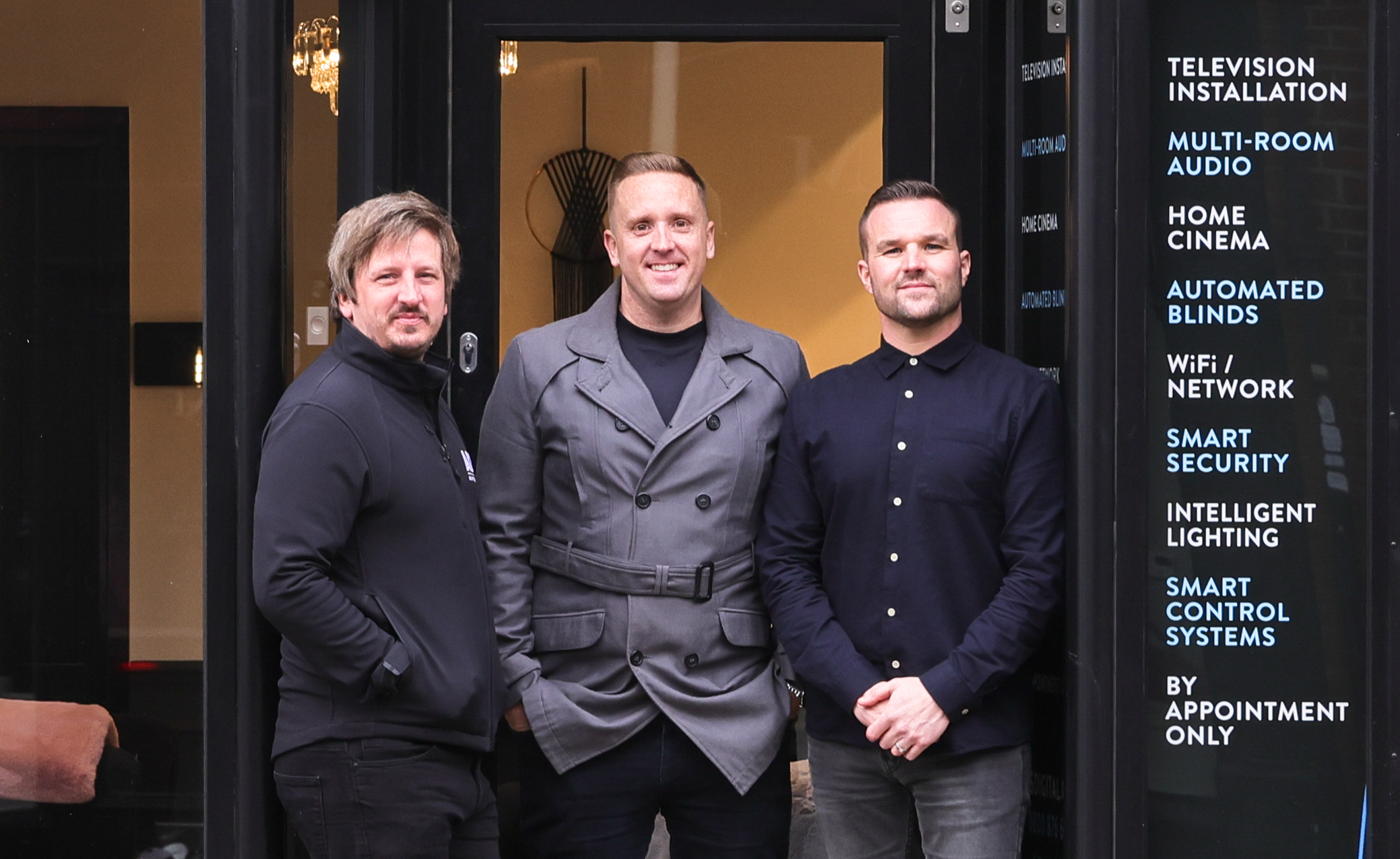The television has impacted human life more than any other household device. The technology has significantly advanced since the first broadcast in 1928 and continues to shock and awe consumers from all over the world.
Originally the television processed just 12.5 images per second and a mere 40 lines, which was just enough to reproduce recognizable elements. Fast forward to the 21st century and we have high definition images that are not only thousands of times more crisp and clear, but continually advancing.
When televisions first became a common feature of the British household in the 50s and 60s there was an abundance of innovations in both storytelling and analogue and digital technology. Here we take a look at some of the most pioneering broadcasts on British television.

1950s
Roughly 25 years after the first television transmission, the first television programs started to emerge. One of the most famous was current affairs show Panorama, which started airing in 1953. By the end of the 1950s there were regular television shows in virtually every genre.
1960s
By the 1960s most households in the UK had a television. Throughout the decade the broadcast industry excelled and in 1960 Coronation Street was born, which catapulted the popularity of soap operas. 50 years later it holds the title of the longest running soap opera in the world. In 1969 the Apollo 11 moon landings were broadcast in what was the biggest feat of technological prowess in human history. The grainy iconic video footage is still admired to this day.
1970s
In the 1970s Teletext started to become implemented into televisions. This was very much the Internet of its day and a place to receive real-time updates about anything from the weather to politics. In 1978 the first video cassette player/recorder was released, which changed the home cinema experience forever.
1980s
Throughout the 80s there was significant expansion and many of the world’s best loved television shows were established, such as Black Adder and The Simpsons. The early half of the decade also saw terrestrial expansion with Channel 4 and the most watched television broadcast of the time; the wedding of Princess Diana and Prince Charles.
1990s
Digital technology was first proposed in the late 1990s, and although not widespread, some programs started to air in digital widescreen towards the end of the decade. In 1997 we had even more terrestrial expansion with Channel 5; although many of the UK’s residents were already turning to the bigger and better private networks such as Sky.
2000s
The 2000s was the decade of reality television. Shows such as The X-Factor, Big Brother, and spoof documentary The Office transformed modern television; a trend that continues to this day. During the second half of the decade the first HD broadcasts began and analogue started to phase out of the picture.
2010s
For the first time since the dawn of television the 2010s saw other viewing devices such as smart phones, tablets and personal computers take over TV watching. When streaming service Netflix began in 2012 many other tech companies followed suit, making it now the most common method of distribution in the industry.
We are experts in TV installations, specialising in an array of related services including home TV installations, commercial TV installations, projectors, large TV installations and centralised TV systems. If you would like to find out more about any of these services, please contact us today.


